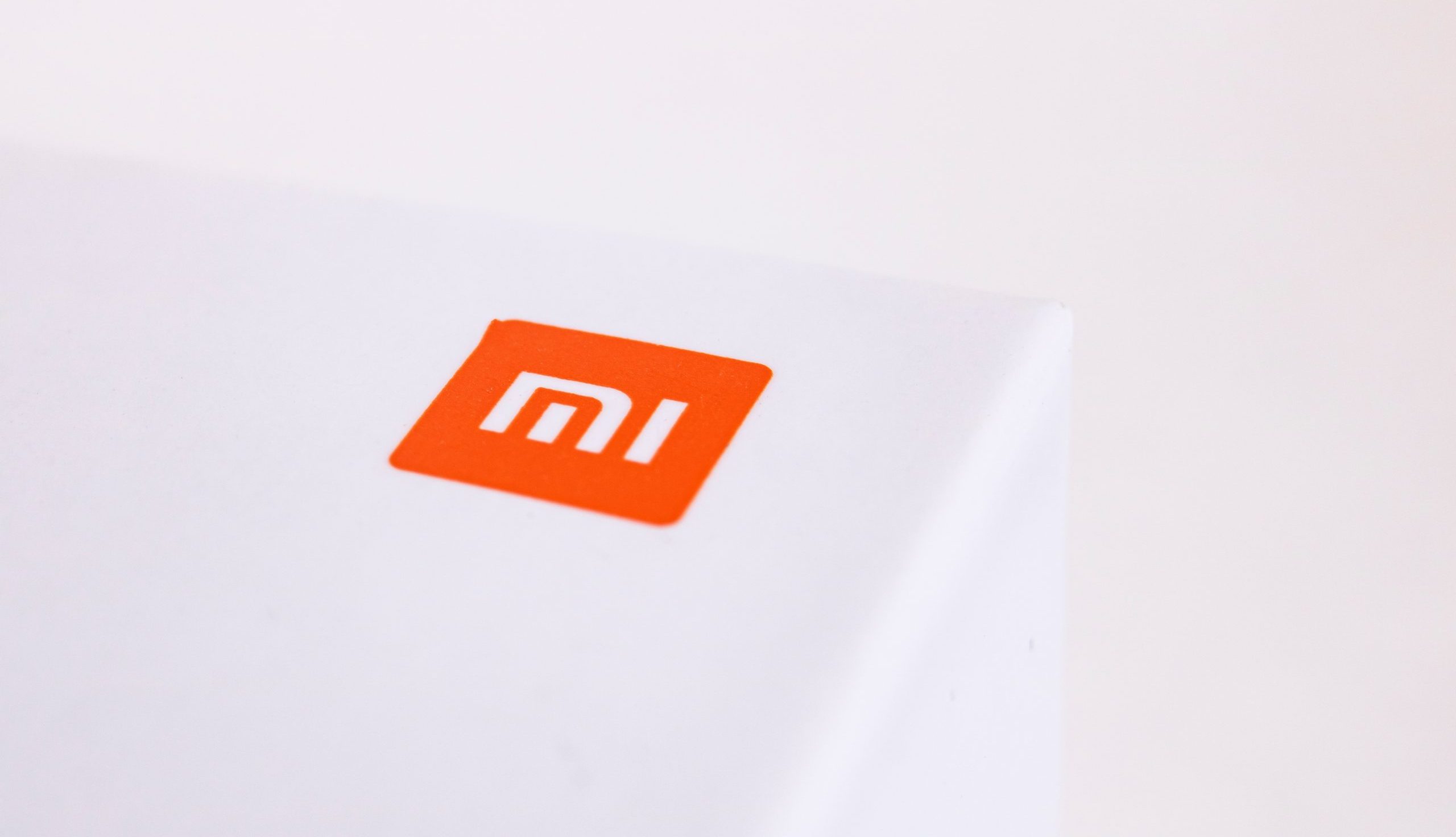Huawei achieved sales revenue of RMB 310.9 billion ($43 billion) in the first half of 2023, with a year-on-year increase of 3.1%, according to its H1 business results announced on August 11. During the first half of this year, the Chinese telecom giant’s net profit rate reached 15%, in contrast to the mere 5% achieved in the same period last year. Huawei attributed the rising profits to its enhanced management, improved operational efficiency, strategic sales adjustments, and product optimization. The company launched the flagship phones P60 series, Mate60 series, and foldable MateX3 in H1.
Notably, Huawei’s revenue from its consumer business (terminal devices) in the first half of 2023 increased by 2.2% year-on-year, reversing the downward trend observed since 2021.
Why it matters: Huawei’s phone business has experienced a relatively tumultuous trajectory in recent years, primarily due to the stringent chip sanctions imposed by the US since 2019. According to company data, in the first half of 2021 and 2022, the revenue growth of Huawei’s consumer business was -47% and -25.4%, respectively. While the 2.2% increase in consumer business revenue signals a turnaround for Huawei, the growth is still relatively modest. The figures come at a time when Huawei has been trying to regain its market share in the mobile phone business, while simultaneously exploring new directions and growth prospects for other business departments.
Details: Sabrina Meng, the rotating chairperson of Huawei, described the company’s business performance in the first half of the year as “stable”, according to Beijing Business Today. Huawei’s business structure comprises five key components, which include its ICT (Information and Communications Technology) infrastructure business, terminal devices, digital energy, cloud services, and the newly added smart vehicle segment.
- In the first half of 2023, the ICT infrastructure business led Huawei’s positive results with a revenue of RMB 167.2 billion ($23.12 billion). The firm’s terminal business generated revenue totaling RMB 103.5 billion ($14.31 billion), while the cloud services and digital energy services garnered RMB 24.1 billion ($3.33 billion) and RMB 24.2 billion ($3.35 billion), respectively. However, Huawei’s car business, which was established in 2019, only achieved a relatively modest revenue of RMB 1 billion ($140 million).
- Next year, Huawei will launch a comprehensive range of commercial 5.5G network equipment aimed at facilitating the commercial deployment of 5.5G technology, the company revealed at the Mobile World Congress Shanghai 2023 in June.
- Huawei did not disclose the detailed shipment figures for its smartphones. According to a July report by IDC, Huawei has reclaimed its position among China’s top five smartphone brands in terms of revenue, with a year-on-year rise of 76% in domestic sales in the second quarter of 2023. Huawei’s return to prominence can be attributed to the impressive sales performance of its P60 series and foldable Mate X3 model, according to the report.
- Launched on August 4, Huawei’s self-developed operating system HarmonyOS 4 saw over one million downloads in three days, according to the company. The HarmonyOS ecosystem currently includes more than 700 million connected smart devices, said Richard Yu, the CEO of Huawei’s consumer department.
- In July, Huawei announced the launch of its Pangu Models 3.0 along with AI cloud services. This offering comprises a set of pre-trained models that can be quickly customized for various businesses. Currently, Pangu models are being used across multiple sectors, such as finance, manufacturing, pharmaceutical R&D, coal mining, and railways.
- Aito, the car brand co-developed by Huawei and Cyrus, saw sales decline significantly, according to its latest results. Despite recording monthly sales of 12,000 units last October, according to Beijing Business Today, this figure plummeted to fewer than 3,000 units in February and March.
Context: Huawei has maintained its substantial investment in R&D as it strives for a new growth point. In 2022, the company’s R&D expenditure was approximately RMB 161.5 billion ($22.33 billion), accounting for 25.1% of the company’s annual revenue, according to its 2022 annual report.











